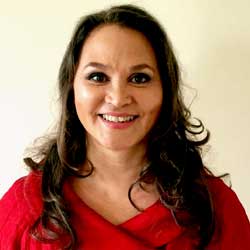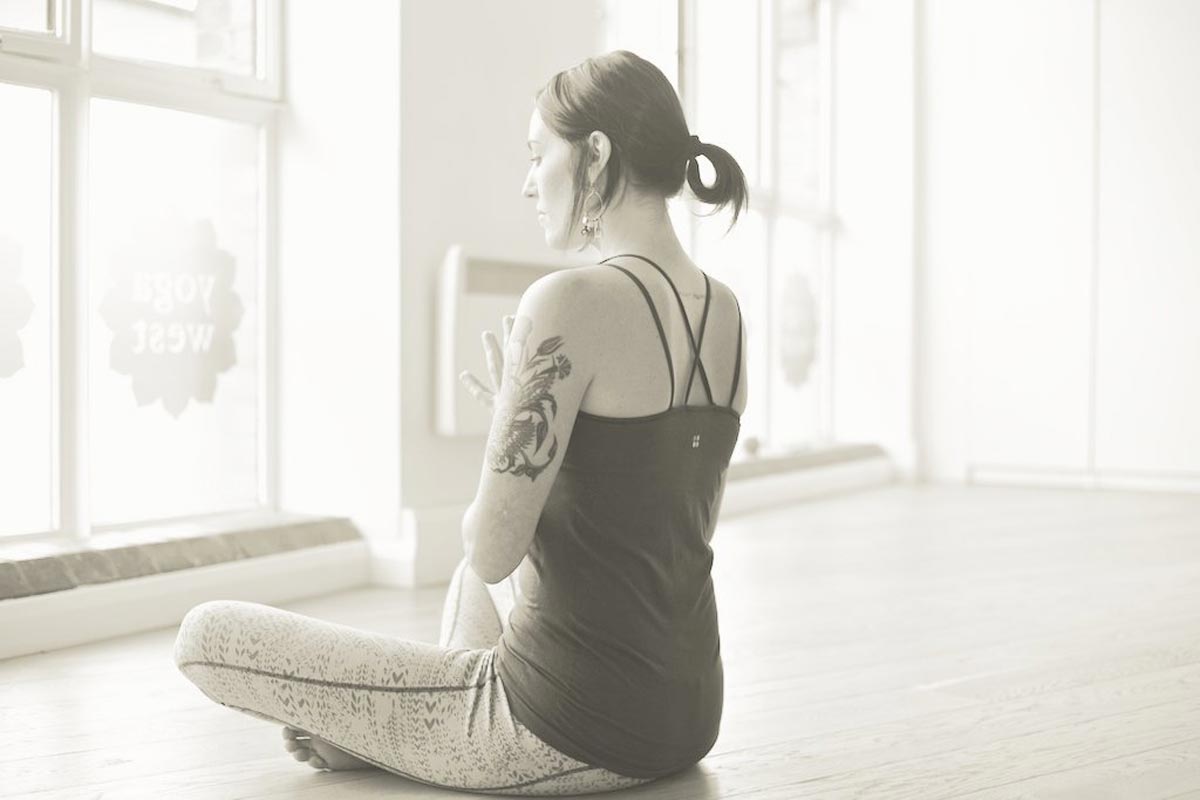Jivaka Kumar Bhaccha is known in Thailand as the Father of Thai Medicine. There is a statue to commemorate him outside The Old Medicine Hospital in Chiang Mai in northern Thailand, as well as one at the Grand Palace/Wat Pho Temple in Bangkok.
Jivaka was a doctor thought to have travelled from India to Thailand around the same time as the Buddha in the 3rd century BC. Thai massage has its roots in India with links to yoga, meditation, and the idea of ‘prana’ meaning energy or vital life force. Massage has been practiced in the temples of Thailand since, passed from teacher to pupil through the generations.
There is great respect for Jivaka amongst practitioners worldwide. At the start of a massage, practitioners pause for a moment to silently acknowledge Jivaka as well as to centre themselves being mindful of ‘metta’.
The concept of ‘metta’ is a fundamental part of the philosophy of Thai yoga massage. Metta translates as ‘loving kindness’. The idea is that the practitioner approaches the receiver of the massage in the spirit of loving kindness, which is not only a great way to practice but a great way to live.
When Dympna O’Brien and I set up our Quantum Metta Massage School we wanted our name to reflect the loving kindness aspect of Thai yoga massage and our approach to our own massage practice, teaching massage, and life in general.
Not many had tried Thai Yoga Massage when I first qualified in the 90s. A few though had holidayed in Thailand and loved the daily massages. Back in the UK, they were glad to find a Thai Yoga Massage practitioner.
Unlike most types of massage the receiver remains clothed. A t-shirt and loose trousers, like the traditional Thai fisherman pants, are ideal. The receiver of the massage lies on a padded mat on the floor lying on their back, front, sides, or sitting.
The practitioner uses their hands, feet, forearms, elbows, and even knees to apply pressure along the Sip Sen – the 10 lines or energy channels of the body. The receiver is pressed, rocked and stretched in order to stimulate the free flow of energy leading to better health, balance and well-being.
The techniques themselves combine acupressure, stretching, breathing and applied yoga. Lasting 2 hours long, a Thai massage is very invigorating. It can be shorter although it wouldn’t be as thorough.
A Thai massage will leave you feeling deeply relaxed yet energised at the same time. It uplifts mood and clears your mind and body from stresses.
Even though it’s an energy-based massage (i.e. the idea of working on energy channels to rebalance the body, mind and spirit), muscles are manipulated and stretched and joints are mobilised. Tension and stiffness are eased out, and muscles feel looser and ‘ironed out’.
Here’s 3 techniques you’ll be loved a little more for knowing!
These techniques can be tried out with a friend or partner. Before you start, it’s important to check that they are in good health, have no injuries (e.g. back, spine, shoulder, wrist, hamstring, calf injuries) and no other medical conditions.
1. Palming the back

Ask your partner to lie flat on their front; make sure they’re comfortable!
Place one of your knees on the mat, near their thigh, and the foot of the other leg (knee up) on the mat, near to their hip.
With your hands in a ‘butterfly’ position (heel of hands near to each other and fingers away from each other), palm with the whole of the palm either side of the spine. So, starting at the lower back, press with the palm, hold, release, move one palm-distance up the back, and keep repeating until you reach near the shoulder blades.
2. Cobra

(This is suitable for people who are fairly flexible and around the same size as you).
Your partner should flat on their front.
Place your knees at the crease where the thigh meets the buttocks and your feet on the floor.
Hold each other above the wrists.
Ask them to breathe in and then out. As they breathe out lean back and their torso comes off the mat. Only pull them up as far as they’re comfortable as people have different levels of flexibility.
Hold in that position for a few seconds. Gently ease them back down to the mat.
3. Forward Pull

Receiver turns over and sits up with their legs stretched out in front of them.
Kneel in front of their feet with your knees at the soles of their feet.
Hold each other above the wrists.
Ask them to breath in and then out. As they breathe out lean back and they’ll come forward into a forward bend.
Hold for a few seconds.
Gently ease them back to an upright seated position.
Doreen is co-founder of Quantum Metta Massage School, training everyone who wants to learn how to massage!

